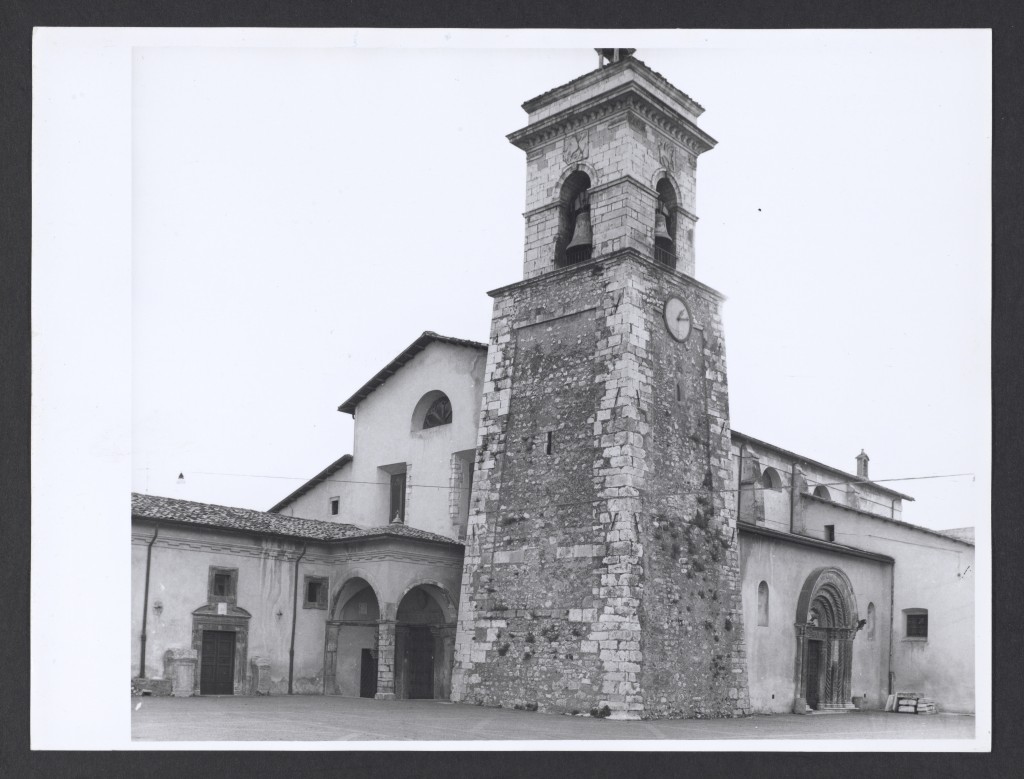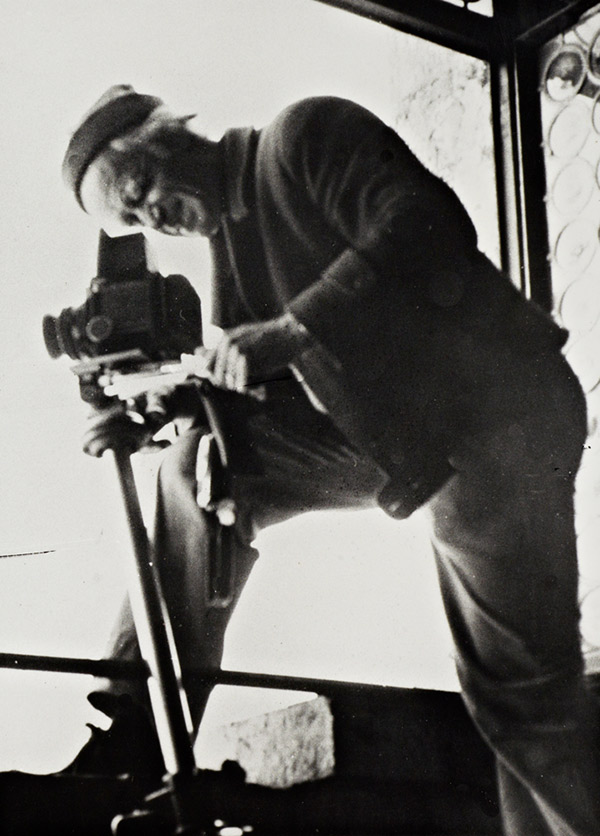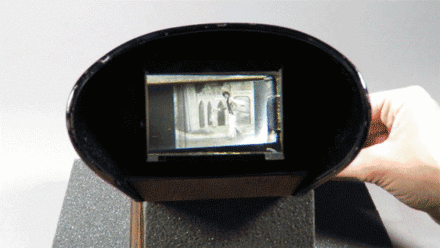
Sculpture in the S. Maria church, Sellano, Italy, 15th–16th century. Photo taken ca. 1960, before the 1971 earthquake. Gelatin silver print. Foto arte minore, Max Hutzel, 1911-1988. The Getty Research Institute, 86.P.8
The Getty Research Institute has just added more than 77,000 high-resolution images to the Open Content Program from two of its most often-used collections.
The largest part of the new open content release—more than 72,000 photographs—comes from the collection Foto Arte Minore: Max Hutzel photographs of art and architecture in Italy. Foto Arte Minore represents the life’s work of photographer and scholar Max Hutzel (1911–1988), who photographed the art and architecture of Italy for 30 years. In recent years, the interdisciplinary use of these photographs has exposed their historiographic significance and their unrealized research potential. Yet to this day, the majority of these photographs remain unknown to scholars.
Hutzel comprehensively documented lesser-known monuments and churches, photographing exteriors, interiors, and an array of artifacts connected with art historical development in Italy. Because he visited the same sites more than once, his photographs frequently show buildings and objects in various states of preservation. In some cases, Hutzel’s photographs are the only records of structures or objects that have since been demolished, damaged, stolen, or rebuilt.

SS. Rufino e Cesido basilica, Trasacco, Italy, 16th century. Photo taken ca. 1960 prior to restoration in 1969. Gelatin silver print. Foto arte minore, Max Hutzel, 1911–1988. The Getty Research Institute, 86.P.8

Max Hutzel at work, ca. 1960, unknown photographer. Foto arte minore, Max Hutzel, 1911–1988. The Getty Research Institute, 86.P.8
Also being added to the Open Content Program today are 4,930 images representing tapestries dating from the late 15th to the late 18th century that are in European and American collections. These primarily black and white study photographs—many of which are historic in nature—constitute one of the few comprehensive visual resources for the study of tapestries. In many cases, these photographs are the only documentation of tapestries that have been very little studied, or in other cases, are long lost.

Sight, Lady with Unicorn, c. 1490–1500, unknown artist. The Lady with Unicorn series may have been commissioned by Jean IV Le Viste (d. 1500). Textiles: wool and silk. Photograph: The Getty Research Institute, 97.P.7
Approximately half of the photographs of tapestries came from French and Company, a New York dealer that entered the art market in 1907. The firm soon acquired and photographed the Charles M. Ffoulke collection, which includes tapestries from the Barberini holdings. Another significant source of these historic photographs is the collection of George LeLand Hunter, including images of tapestries that once adorned the Spanish royal palaces and are now part of the Patrimonio Nacional of Spain.
We’re delighted to add these fascinating images to Open Content Program, thus making them available for free download and use for any purpose. Adding to the over 5,000 images we released in October, this step is part of our commitment to providing online access to our holdings.
The Research Institute’s technology experts are currently working hard to make it possible for even more of our digitized special collections to be added to the Open Content Program; look for updates here on The Getty Iris.




Delighted to know this collection is accessible!
Tracey,
Would it be possible to get a tarball or other compressed archive of all the Open Content (including this latest addition) for the Internet Archive (archive.org)?
Brandon, thanks very much for reaching out. I’ve passed along your question to the project team and they are considering it.
Thanks Tracey! I thought it would be much easier to get a sanctioned archive with metadata versus scrapping the entire site slowly.